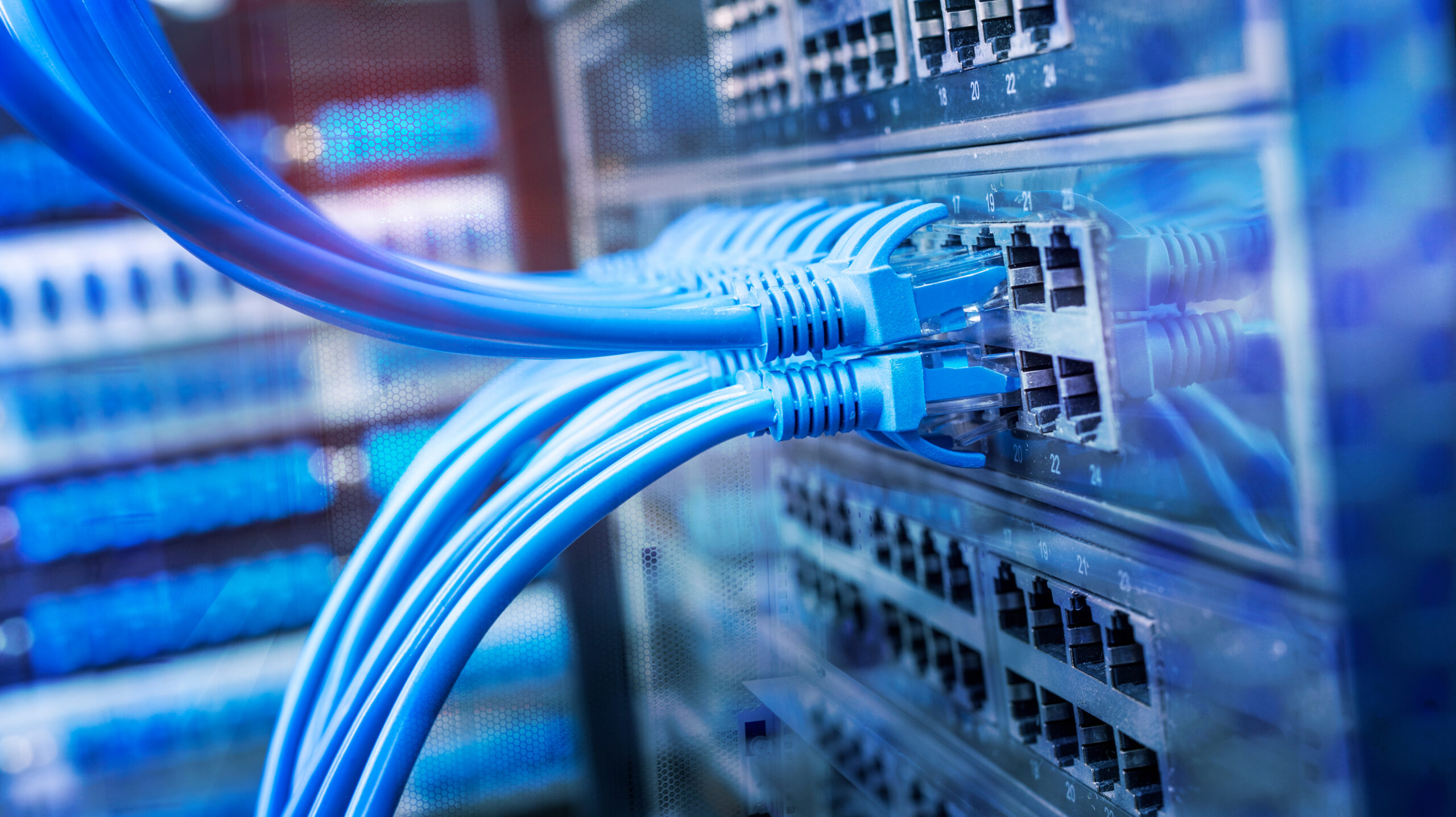PoE Technology is the Future of Sustainable, Smart Building Design and Automation. What You Should Know.

I’m an Architect, why should I care about PoE?
With the increasing adoption of smart building design, along with sustainability, WELL Building Standards and LEED practices, architects and building developers are rethinking how structures are built. The focus now is creating more intelligent systems and sustainable technology that improve long-term building health, bring comfort and customization to the building occupants, and help facilities managers run energy efficient building ecosystems over the long-term. The Power-over-Ethernet (PoE) infrastructure supports sustainable technology.
What are the benefits of PoE in building design?
PoE is a sustainable technology that is leading the smart building revolution in how we power and automate devices and systems. PoE is not a new technology, but has been around for nearly 20 years, with installations in major building projects across the globe. PoE is a safe, low voltage alternative to standard line voltage. PoE is also easier to install, utilizing simple plug and play connections, and fewer copper materials than line voltage. There are also LEED and carbon footprint benefits when installing a PoE system.


Are there advantages to installing a PoE system?
A PoE system can power and automate multiple devices under one technology. In the past, building systems have run in silos of unshared data, but with the networking capabilities inherent in PoE, everything is now connected under a centralized technology. Additionally, a PoE system has the ability, through its software, for building managers to monitor energy usage and set automations to improve overall system performance.
PoE Vs. Traditional Line Voltage
|
PoE Controls |
Traditional |
|
Global standard |
Electricity varies by region |
|
No risk of electrocution |
Risk of fire, electrocution, if done incorrectly |
|
Power and control your connected devices with one cable |
Separate wiring and systems for power and controls |
|
Shorter installation times |
Longer install times due to the need for two separate systems for power and controls |
|
Data analytics |
Separate system for data transmission required |
|
Reliable and scalable |
Wireless controls have issues of interference and can be unreliable or hard to scale |
|
Maintenance with onsite IT staff or low-voltage providers |
Requires an electrician |
|
|
|
How does PoE bring value to the end user?
Through the centralized PoE software dashboard, end users can customize their own ecosystem. They can set policies and scenes to control when devices are on or off, optimize daylight harvesting based ambient light sensors, determine light and shade levels, control door access, or detect movement. And all this smart customization is easily set up through a user- controlled tablet or mobile phone application. Creating a customizable ecosystem is one of the goals of smart building design.

Training and Resources Available
No Results Found
The page you requested could not be found. Try refining your search, or use the navigation above to locate the post.
Featured Resources

